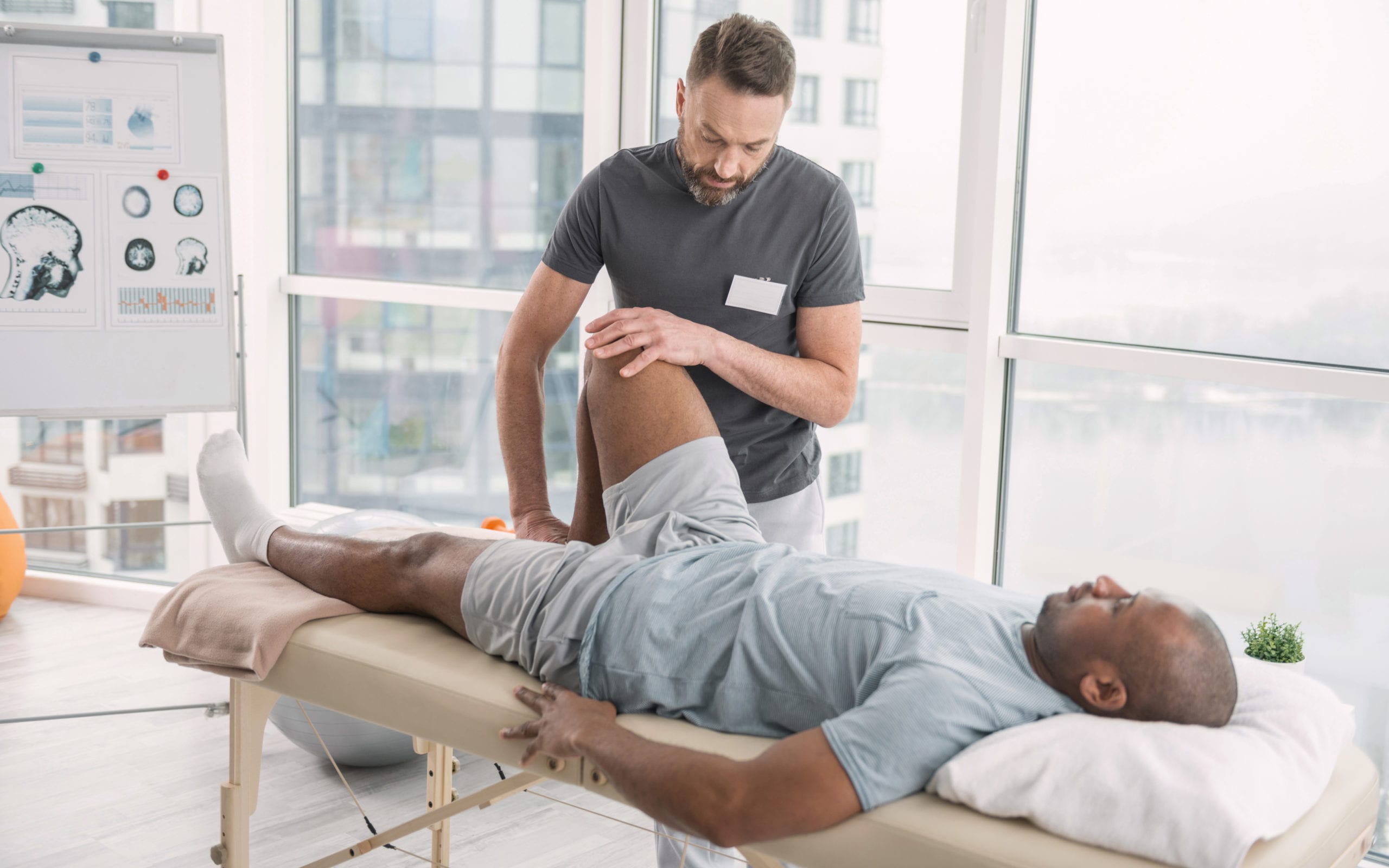Exploring the Synergistic Function of Physiotherapeutic Therapy in Improving Pain Control Approaches
Wiki Article

Physiological rehabilitation plays a crucial function in managing discomfort for numerous individuals. Discomfort can arise from multiple issues, including traumas, surgeries, or long-term conditions. While medications are frequently used to alleviate discomfort, they may not consistently be the most effective option due to possible side reactions or dependency issues. This is where physiological therapy enters in as a complementary method. By concentrating on movement, power, and flexibility, physical rehabilitation specialists help clients regain capability and reduce discomfort through targeted workouts and techniques.
One of the primary approaches physical rehabilitation specialists use is exercise treatment. This involves particular exercises designed to fortify muscles, enhance range of motion, and enhance overall physical performance. For instance, a patient rehabilitating from knee operation may engage in workouts that gradually boost their range of movement and power. These exercises not only help in lessening pain but also prevent subsequent injuries by encouraging better movement habits. Additionally, physical rehabilitation specialists often customize workout programs to satisfy the individual requirements of each patient, guaranteeing that they receive the best effective treatment available.
Another important aspect of physical therapy is hands-on treatment. This hands-on method comprises methods such as manipulation, articular movement, and adjustment. Hands-on treatment can help alleviate muscle tension, improve circulation, and diminish discomfort. For example, a specialist may use manipulation techniques to alleviate tightness in the spine, which can lead to substantial discomfort reduction. By addressing the underlying issues causing pain, hands-on treatment can enhance the overall effectiveness of pain management strategies.
Education is also a vital component of physical therapy. Physical therapists take the time to educate clients about their issues and the significance of maintaining an active lifestyle. Comprehending the origins of discomfort and the benefits of physical exercise can enable clients to take control of their health. Therapists frequently provide advice on correct physical mechanics and posture, which can help avert discomfort from returning. This educational component encourages a great post a cooperative relationship between the therapist and the client, leading to improved results in pain control.
In summary, physical rehabilitation acts as a important tool in enhancing discomfort control strategies. By combining workout treatment, manual techniques, and client instruction, physical rehabilitation specialists tackle pain from multiple perspectives. This comprehensive approach not only helps alleviate existing pain but also equips patients with the understanding and skills to manage their well-being in the extended term. As an increasing number of individuals look for options to drugs for discomfort alleviation, the role of physiological rehabilitation will continue to grow in significance, offering hope and enhanced standard of life for numerous.